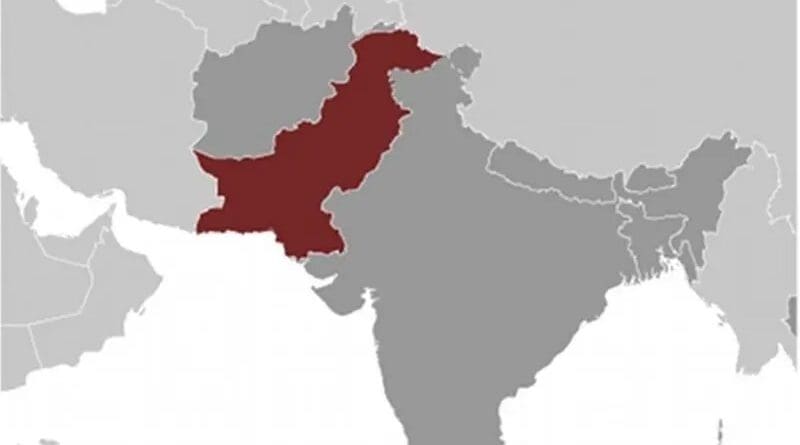Pakistan Vehicles Emit 25 Times More Carbon Monoxide Than In US
Pakistan is the sixth most populous country in the world and fourth in Asia. Pakistan’s population has increased 5.6 times during the past 63 years, implying an average annual rate of growth of 2.77 per cent, one of the highest in the world. According to the World Food Programme, nearly half of Pakistan’s (180 million) people are at risk of going short of food due to a recent surge in world food prices. Tens of thousands of people die prematurely every year as a result of air pollution, while many more suffer from breathing ailments, heart disease, lung infections and even cancer.
Air pollution has also become a major problem in most cities. There are no controls on vehicular emissions, which account for 90 percent of pollutants. The National Conservation Strategy Report claims that the average Pakistani vehicle emits twenty-five times as much carbon monoxide, twenty times as many hydrocarbons, and more than three and one-half times as much nitrous oxide in grams per kilometre as the average vehicle in the United States.
Fine particles or microscopic dust from coal or wood fires and unfiltered diesel engines are rated as one of the most fatal forms of air pollution caused by industry, transport, household heating, cooking and ageing coal or oil-fired power stations. There are four types of air pollution – emissions from vehicles, thermal power plants, industries and refineries. The problem of indoor air pollution in rural areas and urban slums has increased.
About three-quarters of the anthropogenic emissions of carbon dioxide to the atmosphere during the past 20 years have been due to fossil-fuel burning. Activities consuming fossil fuels include power generation, industrial/manufacturing processes, transport. The rest of carbon dioxide emissions are predominantly due to land-use change, especially deforestation.
WHO estimates more than 2 million people die every year from breathing in tiny particles present in indoor and outdoor air pollution. PM10 particles, which are particles of 10 micrometers or less, which can penetrate into the lungs and may enter the bloodstream, can cause heart disease, lung cancer, asthma, and acute lower respiratory infections. The WHO air quality guidelines for PM10 is 20 micrograms per cubic meter (µg/m3) as an annual average, but the data released today shows that average PM10 in some cities has reached up to 300 µg/m3.

